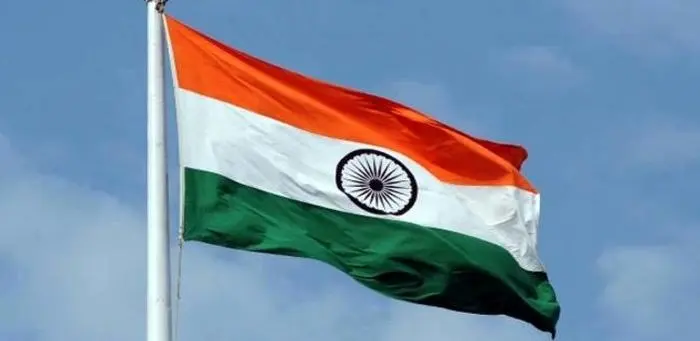India jumps 23 ranks in port development, World Bank report says
According to the World Bank report 2019 on Ease of Doing Business, India has jumped 23 ranks from 100 in 2017-18 to 77 in 2018-19. This indicates that the country is continuing its shift towards global standards.

According to the World Bank report 2019 on Ease of Doing Business, India has jumped 23 ranks from 100 in 2017-18 to 77 in 2018-19. This indicates that the country is continuing its shift towards global standards.
One of the key indexes that contributed toward this growth is ‘Trading across borders’ which shows an improvement from 146 rank last year to 80th rank this year.
In fact, lately the Indian Ministry of Shipping has been trying to improve the parameter of ‘Trading across border’ as 92% of India’s Export- Import trade by volume is handled at ports.
The report also mentions that this improvement is mainly because of India’s reform agenda, which has made it the top-ranked economy in the region. Namely, upgrades of port infrastructure, processes, and digitalization of documents have reduced export/import cargo handling time at ports which has improved the trading across border parameter.
In addition, the Port Sector the Cost to Export has reduced from $382.4 to $251.6, while the cost to import has decreased from $543.2 to $331.
Moreover, India has launched a series of steps to make its logistics more competitive regarding time and cost. In fact, a series of studies to benchmark the performance of Indian Major Ports with their international counterparts has been conducted to increase the productivity to global standards.
Furthermore, with over 5% growth at major ports over the last 4 years, the Indian Ministry of Shipping, has taken a number of steps to enhance operational efficiencies through policy and procedural changes.
This led key efficiency parameters to improve significantly, as the average turnaround time has decreased from 82 hrs to 64 hrs in 2017-18. In addition, the average output per ship berth day has increased from 14,583 tonnes in 2016-17 and to 14,912 tonnes in 2017-18. In the meantime, the traffic at major ports increased to 6794.7 lakh tonnes during 2017-18 over 6483.98 lakh tonnesduring 2016-17.
Other measures to improve India's ports operations include:
- Radio Frequency Identification (RFID) system in 11 major ports to enhance security and remove bottlenecks;
- DMICDC's Logistics Databank system (LDB) for tracking & tracing movement of EXIM container in the major ports;
- Direct Port Delivery (DPD) and Direct Port Entry (DPE) enable direct movement of containers from factories / port without intermediate handling requirement;
- Installation of drive-through container scanners to save time;
- Reducing paper work, issuance of e- delivery orders, e-invoice and e-payment across all the major ports. Digitalization of processes has considerably reduced the processing time;
- Upgrade of the centralized web based-port community system (PCS) to provide global visibility and access to the central database to all its stakeholders through internet based interfaces.















![AIRBUS A380 [MORE THAN 600 PASSENGER’S CAPACITY PLANE]](https://cdn.tinn.ir/thumbnail/4jCp4EQvCU0b/IjHVrSYQrIAqIzXuTzADR7qLYX4idQT4nfq__26E5SCUPLMqfhWkWajvuO9Wfq1ql1TjV4dhkrHliNQU82kMpo2NNftT_NGEwHc9KXtN_rk731bmifa2IQ,,/airbus-a380-structure1.jpg)

Send Comment